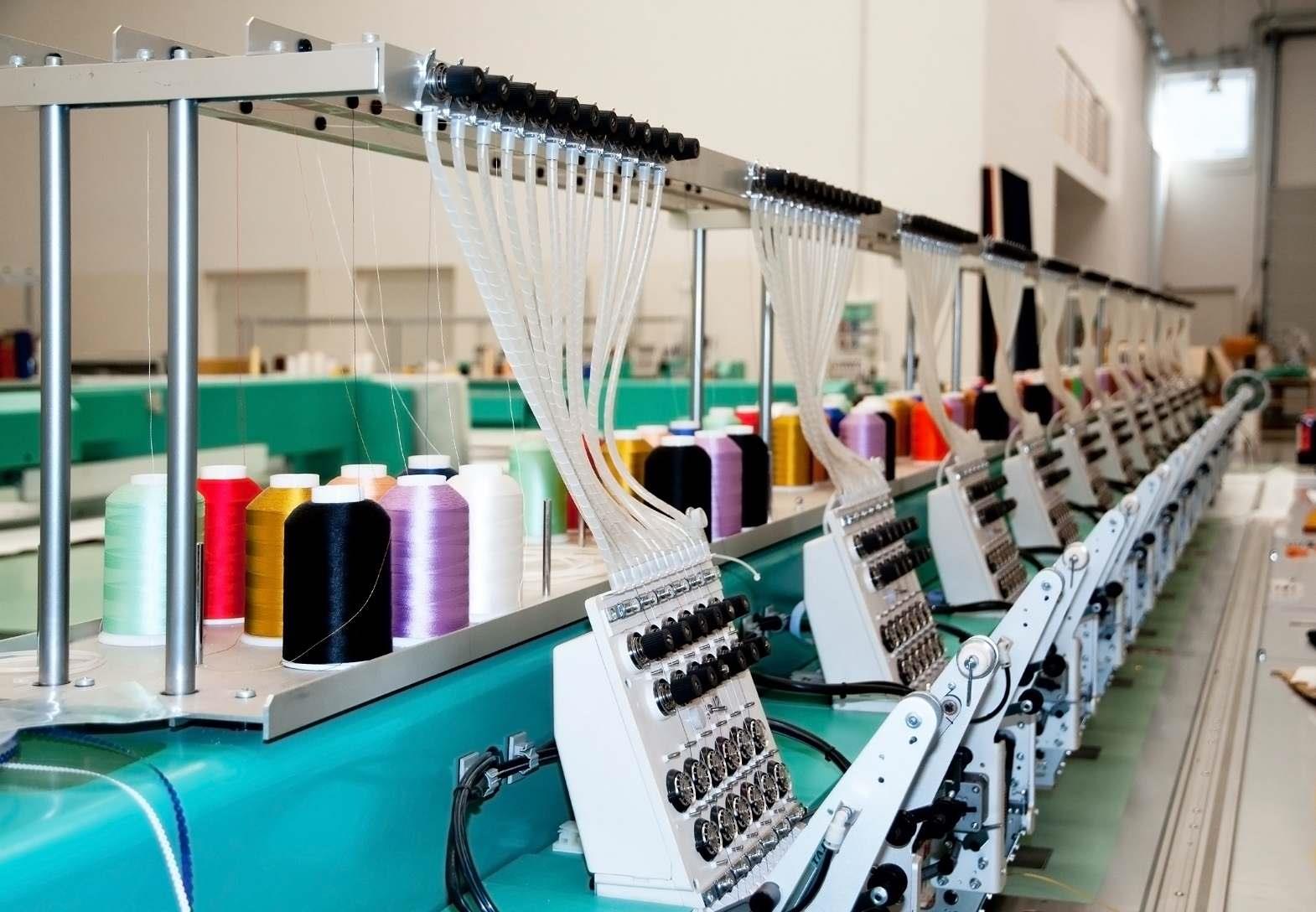A Global Industry Analysts Inc report says that the global market for textile machinery could reach US $ 22.9 billion by 2017. Exports of sophisticated machinery out of Europe have been growing at a brisk pace. Germany has continued its dominance as the top manufacturer and exporter of advanced textile machinery. However, in the recent years, Italy has been carving out a niche for itself in the textile machinery segment. In 2013, manufacturing figures of the Italian textile machinery touched € 1.9 billion, of which approximately € 1.6 billion, or 84 per cent, was exported to roughly 130 countries.
A survey conducted by the Association of Italian Textile Machinery Manufacturers (ACIMIT) confirmed 4 per cent growth in the orders for Italian textile machinery in the third quarter of 2014. This increase has been attributed to the rise in the orders for Italian textile machinery in the foreign markets. Among the main export markets, Italy's textile machinery has attracted buyers from the Asian sub-continent. There was a decrease of 7 per cent in exports to China, despite of which, China remains the biggest market for Italian textile machinery manufacturers. India, Pakistan, Iran and Turkey have also actively imported Italian machinery, driving the demand up by 9 per cent. Sales to Poland and other eastern European countries have remained strong throughout 2014. The Mediterranean region, which involves Syria and Egypt, is also one of the major customers of the Italian textile machinery.
Italy has played an active role in helping Russia modernize its textile sector. The country provided firsthand knowledge to Russian manufacturers about the latest machinery used in Italy's textile sector. Italy's initiative in restructuring the Russian textiles has further strengthened the trade relations between the two countries. This move has opened a wide array of opportunities to export Italian machinery into Russia. In 2013, Italian sales of machinery to the Russian market stood at € 29 million. The shipments of Italian machinery to Uzbekistan in 2013 also look promising. In 2013, Uzbekistan purchased € 4 million worth of machines from the Italian manufacturers. Spinning machinery accounted for approximately 60 per cent of the sales, while weaving machinery represented 12 per cent of the shipments.
Although figures are better on the export front, machinery imports into the domestic market of Italy have slipped. Imports have declined by 3 per cent in the first quarter of 2014, compared to the corresponding period of the preceding year. The local market continues to remain stagnant and the demand has declined by approximately 22 per cent over the previous quarter. It is expected that the slow growth in the internal demand for textile machinery may lead to losses in the future. Another area of concern for Italy is the declining machinery sales to the United States. In order to balance the decline, Italy has shifted its focus toward South America. The growing demand in Brazil has been a positive sign for the Italian machinery exporters.
Meanwhile, Italy is all set to organise ITMA 2015, a textile and garment machinery exhibition which is held every four years alternately in different European countries. The 2015 exhibition reflects the confidence shown by Italy's textile machinery sector, which can be seen in higher number of participants in the event. Compared to the 2011 edition of ITMA, the number of exhibitors from Italy who have registered in the event has grown by 11 per cent. The country is making most of the positive export performance. The swift expansion of Italy's textile industry has set off the country's textile machinery industry on a development path. According to ACIMIT, Italy's textile machinery sector accounts for 12.2 per cent of the global textile machinery exports. This statistics accounts for Italy's creativity, technical sustainability, quality and cost competitiveness in the textile machinery sector. These attributes have contributed in making Italy a global leader in textile machinery.
However, there is a slight downside to the Italian machinery sector as well. In spite of the remarkable growth seen in exports, Italian machinery manufacturers remain guarded at a time when economic uncertainty is prevalent. The bright spot is that Italy's textile machinery sector maintained its international market share during the recent global economic crisis. Also, the country's major manufacturers continue to explore new applications that can enhance the functioning of textile machinery. The current strategy of Italian textile machinery industry is to modernise equipment and technology, and to innovate the existing products.
References:
1. Italtrade.com
2. Yarnsandfibers.com
3. Machinesitalia.org
4. Textileworld.com
5. Itma.com








Comments